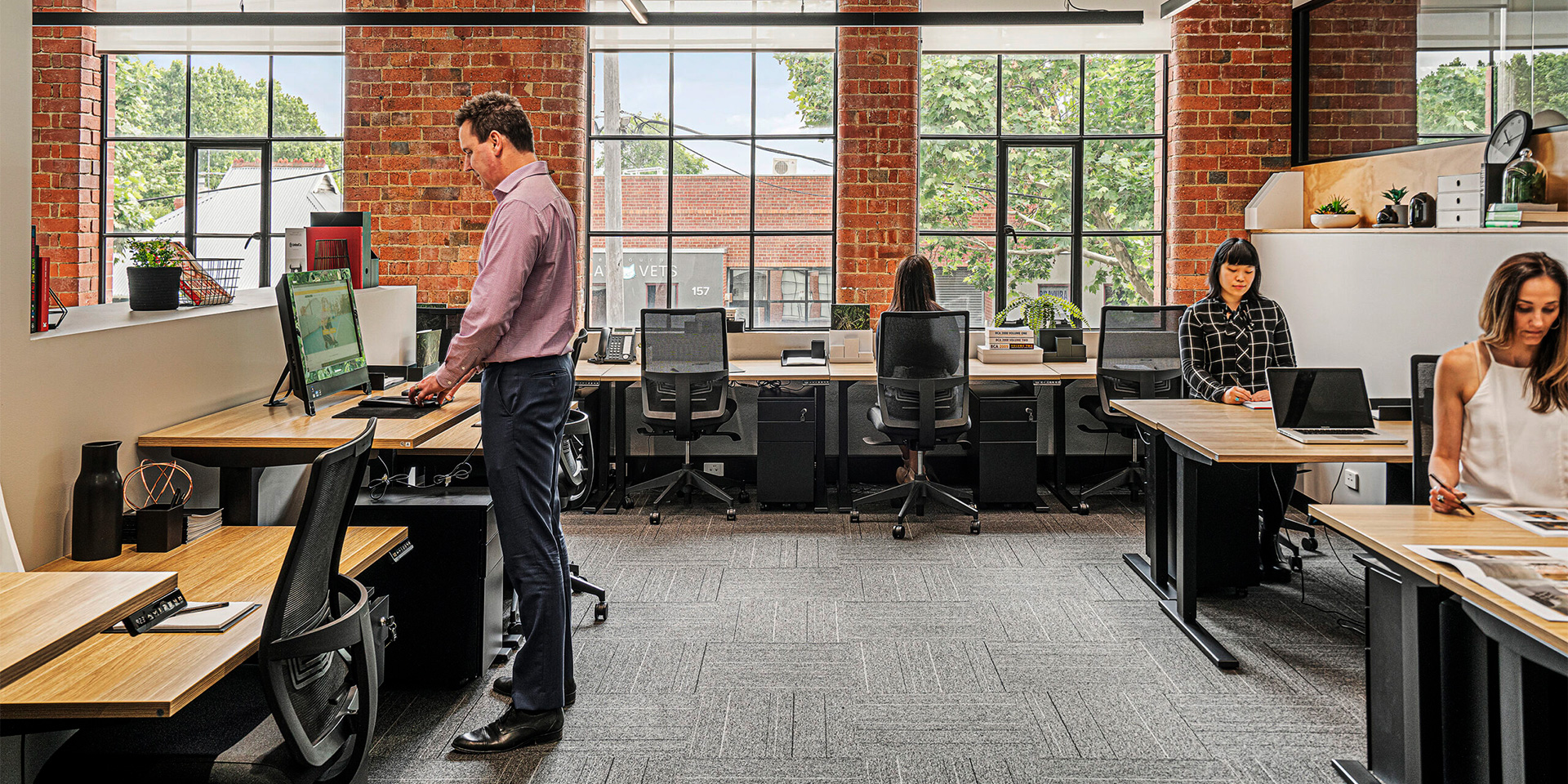n the dynamic world of Information Technology, the size and sophistication of an office can be indicative of the company’s success. Some of the largest IT offices around the globe are not just massive in scale but also epitomes of innovation, culture, and efficiency. Let’s take a tour of these colossal IT hubs and uncover the secrets behind their unparalleled success.
The Heart of Silicon Valley: Googleplex
Located in Mountain View, California, Googleplex is the corporate headquarters of Google. This sprawling campus is a techie’s paradise, spanning over 3.1 million square feet. But what makes Googleplex stand out?
Innovation at Its Core
Google’s emphasis on innovation is evident throughout its campus. The office spaces are designed to foster creativity, with open layouts, collaborative workspaces, and themed meeting rooms. The company encourages its employees to spend 20% of their time on projects they are passionate about, which has led to the development of some of Google’s most successful products.
Employee Well-being
Googleplex is known for its employee-centric amenities. From on-site gyms, massage rooms, and nap pods to gourmet cafeterias serving free meals, Google ensures that its employees are well taken care of. This focus on well-being translates into higher productivity and job satisfaction, which in turn drives success.
The Amazon Spheres: A Breath of Fresh Air
In the heart of Seattle, Washington, Amazon’s headquarters features a unique architectural marvel known as The Spheres. These glass domes house over 40,000 plants from around the world, creating a lush, indoor rainforest environment.
A Different Approach to Workspace
The Spheres are designed to break the monotony of a traditional office. Employees can work amidst nature, which has been shown to reduce stress and increase creativity. The unconventional workspace is a testament to Amazon’s commitment to innovation and employee well-being.
Collaborative Culture
Amazon’s open-office layout and numerous collaborative spaces encourage employees to work together. This culture of collaboration is essential in driving the continuous innovation that Amazon is known for. Regular meetings, brainstorming sessions, and team-building activities ensure that employees are always aligned with the company’s goals.

Microsoft’s Redmond Campus: A Hub of Technological Excellence
Microsoft’s Redmond Campus in Washington is another beacon of IT excellence. Spanning 500 acres, this campus is a city in itself, with over 80 buildings housing thousands of employees.
State-of-the-Art Facilities
Microsoft’s campus boasts cutting-edge facilities, including advanced research labs, innovation centers, and testing environments. These resources allow Microsoft to stay at the forefront of technology and continuously develop groundbreaking products.
Focus on Continuous Learning
Microsoft places a strong emphasis on employee development. The campus offers numerous opportunities for professional growth, including training programs, workshops, and seminars. This focus on continuous learning ensures that employees are always equipped with the latest skills and knowledge, contributing to the company’s success.
Facebook’s Menlo Park: A Community of Innovators
Facebook’s headquarters in Menlo Park, California, is designed to foster a sense of community and collaboration among its employees.
Open and Inclusive Environment
The campus features open workspaces, recreational areas, and communal dining spaces, encouraging employees to interact and collaborate. Facebook’s commitment to an open and inclusive environment helps to nurture creativity and innovation.
Employee Empowerment
Facebook empowers its employees by giving them the autonomy to work on projects they are passionate about. This trust in employees fosters a culture of ownership and accountability, driving the company’s success.

The Tencent Seafront Towers: A Symbol of Modernity
Located in Shenzhen, China, Tencent’s Seafront Towers are a striking example of modern architecture and innovative workspace design.
Technological Integration
The towers are equipped with the latest in smart building technology, including facial recognition systems, smart lighting, and climate control. This technological integration ensures a seamless and efficient work environment, allowing employees to focus on innovation.
Emphasis on Work-Life Balance
Tencent places a high value on work-life balance. The campus includes numerous amenities such as fitness centers, relaxation lounges, and dining options. By ensuring that employees have a balanced and healthy lifestyle, Tencent fosters a productive and motivated workforce.
IBM’s Armonk Headquarters: A Legacy of Innovation
IBM’s headquarters in Armonk, New York, is a testament to the company’s long-standing legacy of innovation and technological excellence.
Research and Development Focus
IBM invests heavily in research and development, with state-of-the-art labs and facilities dedicated to pioneering new technologies. This focus on R&D ensures that IBM remains a leader in the IT industry, continuously pushing the boundaries of what is possible.
Collaborative Work Environment
IBM’s headquarters features numerous collaborative spaces, including innovation hubs and co-working areas. These spaces are designed to facilitate teamwork and the exchange of ideas, driving the continuous innovation that IBM is known for.
Conclusion: The Pillars of Success
The success of the largest IT offices in the world can be attributed to several key factors: a strong emphasis on innovation, a commitment to employee well-being, a culture of collaboration, and a focus on continuous learning and development. These pillars not only create an environment where employees can thrive but also drive the continuous success and growth of the companies themselves.
By understanding and implementing these principles, other organizations can aspire to replicate the success of these IT giants and create workspaces that are not just large in size, but also rich in innovation, culture, and productivity.

